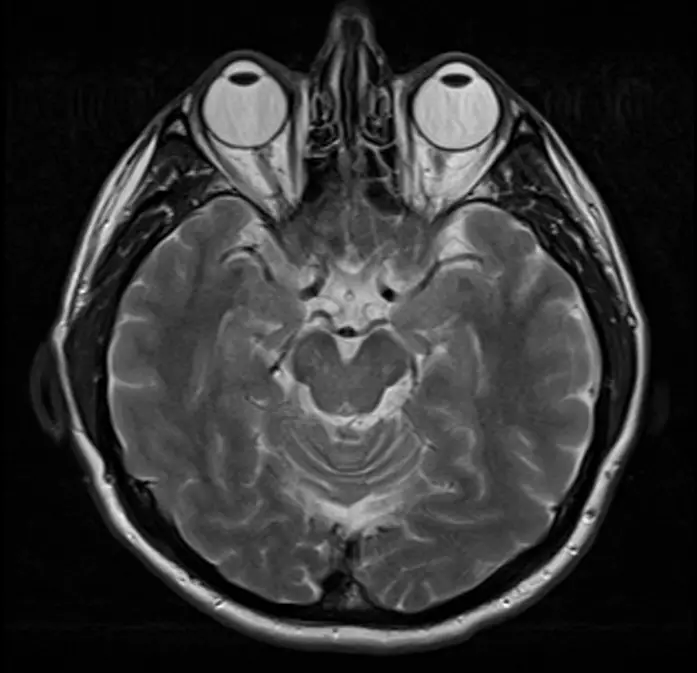A tragic case in China has brought attention to the dangers of a rare brain-eating amoeba, after doctors initially misdiagnosed the condition as cancer.
The 77-year-old woman, whose identity remains undisclosed, sought medical attention in 2022 due to symptoms including dizziness, confusion, and difficulty speaking persisting over several days. Physicians initially suspected a brain tumor due to findings of a lesion in her scans.
However, further investigation through a lumbar puncture, a procedure to test spinal fluids, revealed a far more sinister diagnosis: the presence of Balamuthia mandrillaris, a single-celled organism notorious for infiltrating the brain and claiming the lives of nine out of ten patients it infects.
Balamuthia mandrillaris, typically found in dust, soil, and water, is believed to cause infections when it enters open wounds or is inhaled through the lungs. In the case of the Chinese woman, her proximity to water sources like ponds in her rural environment likely facilitated the infection.
Despite receiving medical care at her local hospital for eight days, the woman’s condition deteriorated progressively. As her airway became obstructed, she required mechanical ventilation. Sadly, despite aggressive treatment efforts, her condition continued to decline, ultimately leading to her passing after her family opted to discontinue further treatment.
First identified in 1986, Balamuthia mandrillaris has been implicated in just 200 reported cases worldwide, with half of those cases occurring in the United States. The Centers for Disease Control and Prevention (CDC) estimates a staggering 90 percent fatality rate for this infection, underscoring the critical importance of early intervention.
Once Balamuthia mandrillaris enters the bloodstream, it migrates to the brain, causing granulomatous amebic encephalitis (GAE), a severe and often fatal condition. Similar to Naegleria fowleri, another brain-invading amoeba found in warm water, Balamuthia mandrillaris poses a grave risk to human health.
According to the CDC, initial symptoms of Balamuthia infection may include fever, headache, vomiting, lethargy, and nausea. However, as the disease progresses over weeks to months, it can lead to seizures, weakness, confusion, partial paralysis, difficulty speaking, and impaired mobility.

